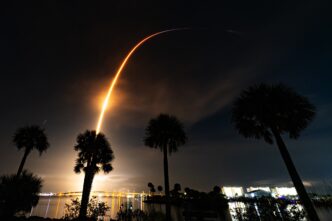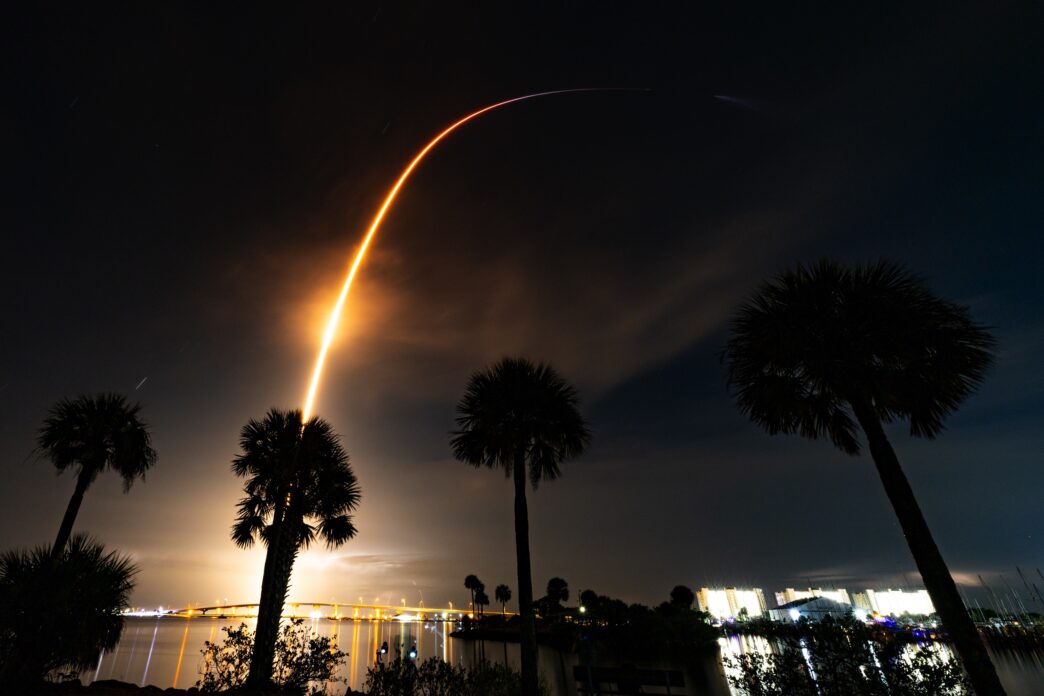AI in spacecraft design is hitting a major roadblock — bad data.
The promise is huge: AI that speeds up spacecraft design by running near real-time simulations and generating smart variants from mission specs. The reality? Teams are stuck. Not because AI can’t do the math, but because the data feeding it is messy, siloed, and unusable.
Aerospace manufacturers hold terabytes of CAD files and simulation outputs. Yet, these are often unstructured and fragmented. CAD geometry isn’t AI-friendly. Simulation data is trapped in brittle workflows. Put simply: no clean data means no AI progress.
This isn’t a model problem — it’s a data problem.
Spacecraft design adds complexity. Changes in one area impact mass, thermal loads, and aerodynamics, slowing simulations that already take days. Automated workflows often break mid-run due to fragile steps like meshing or solver crashes. Without versioned and physics-aware pipelines, AI remains a shot in the dark.
Some teams are cracking it, though.
One aerospace giant optimized a heat exchanger’s internal geometry using AI by creating a parameterized model and running 400+ simulations in under eight hours. They trained surrogate models to predict velocity and pressure fields, cutting design cycles from weeks to minutes. Another team trained AI to rapidly generate airframes based on aerodynamic performance goals, making thousands of design iterations in seconds.
The key? Clean, structured data and transparent, traceable AI workflows.
Todd McDevitt, Director of Product Management at nTop, breaks it down:
“The goal isn’t to automate design decisions, it’s to empower engineers. The real power of ML is unlocked when engineers can work with the results — refining inputs, adjusting constraints and understanding how the model behaves. If a tool can’t deliver editable geometry that fits seamlessly into your design process, it will quickly become a dead end.”
Trying to figure out if your workflow is ready for machine learning? Ask:
- Does your problem have a strong physics foundation?
- Is simulation speed a bottleneck?
- Do you have structured, reliable data for ML training?
If yes, start by defining clear physics-based goals and generating scalable, robust data sets. Use ML frameworks that prioritize transparency and plug into existing engineering tools. Above all, build traceability and governance into the process.
AI in spacecraft design isn’t dead, it’s scaling up — but only for those treating data as an asset, not disposable noise. Without that, even the slickest AI models are guessing games.
Read more about nTop’s approach and AI in aerospace design challenges at SpaceNews.














